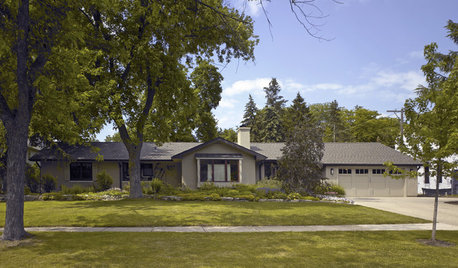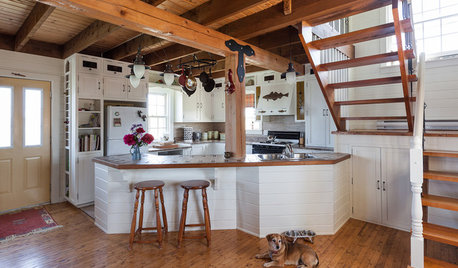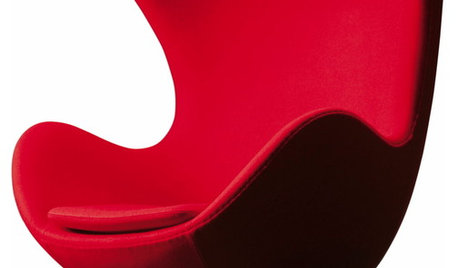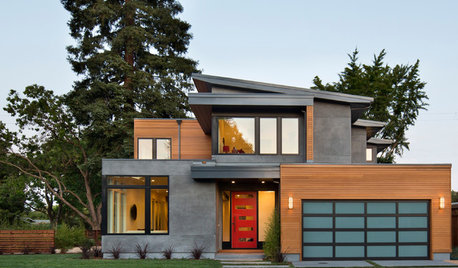Which organic matter
gcotterl
16 years ago
Related Stories

GARDENING GUIDESOrganic Matters: Thwart Insect Pests With Trap Crops
Add a few sacrificial plants to your garden to lure insects away from the harvest
Full Story
BATHROOM DESIGNWhich Bathroom Vanity Will Work for You?
Vanities can be smart centerpieces and offer tons of storage. See which design would best suit your bathroom
Full Story
DECORATING GUIDESHow to Choose an Awesome Area Rug No Matter What Your Space
High use, a low door, kids and pets running amok — whatever your area endures, this insight will help you find the right rug for it
Full Story
MORE ROOMSHome Tech: Speakers Matter (and Can Look Good, Too)
See why high style and high fidelity needn't be mutually exclusive
Full Story
ARCHITECTUREThe Good House: Big Design Moves That Matter
Where to begin when designing a home? Think about your site, its context and the story you want it to tell
Full Story
ECLECTIC HOMESMy Houzz: Community Matters for a Canadian Café and Home
Celebrating food, play and life, this formerly run-down corner building is now a neighborhood treasure and a family's haven
Full Story
KITCHEN DESIGNOpen vs. Closed Kitchens — Which Style Works Best for You?
Get the kitchen layout that's right for you with this advice from 3 experts
Full Story
FUN HOUZZHouzz Quiz: Which Midcentury Modern Chair Are You?
Have a seat for a little fun. Better yet, have a seat that has you written all over it
Full Story
You Said It: ‘Which Color Truly Reflects You?’ and Other Quotables
Design advice, inspiration and observations that struck a chord this week
Full Story
ARCHITECTUREDwellings vs. Houses — a Matter of Distinction
One speaks to mobility; the other, permanence. See how the differences in these homes play out in materials, siting and construction
Full Story




bob64
dchall_san_antonio
Related Discussions
another pine bark fines substitute question
Q
Increasing Soil Organic Matter
Q
Organic matter to increase water retention
Q
What types of organic matter will improve soil drainage?
Q
dchall_san_antonio
tclynx
nakio
Kimmsr
sylviatexas1
Lloyd
Kimmsr
gonefishin
bryanccfshr
newgardener_tx
sylviatexas1
sylviatexas1
bob64
gonefishin
justuscountryfolks
newgardener_tx
melonhedd
dchall_san_antonio
gcotterlOriginal Author
heptacodium
bpgreen
gcotterlOriginal Author
bpgreen
gcotterlOriginal Author
bpgreen
gcotterlOriginal Author
Lloyd
heptacodium
gardengal48 (PNW Z8/9)
newgardener_tx
bpgreen
dchall_san_antonio
dchall_san_antonio
dchall_san_antonio